I picked up my 3DS for the first time in years, and it really hit me. I miss handhelds. More specifically, I miss games created solely for handhelds. Back in the day, a handheld game was a completely different beast from their contemporaries on console; for example, Luigi’s Mansion was a full-blown adventure game, while its 3DS sequel turned its progression into a bite-sized mission structure. Obviously, if it’s likely someone will be playing a game on a commute, then you’ll need to have good places to stop fairly often. You can’t be dealing with Metal Gear Solid’s long and elaborate cutscenes on the bus, so its Game Boy Colour counterpart split the game into chunks akin to the VR Missions of the console game.
But this isn’t only the case for handheld adaptations of console games. While games like WarioWare and Rhythm Heaven have appeared on consoles before, I would argue these series would never have existed if not for developers working with the constraints of handheld hardware. The DS was an especially incredible case study. Could you imagine saying that a series about a Cooking Mama, a rhythm game about disaster-averting male cheerleaders, or a lawyer (yes, I know Ace Attorney was a GBA game in Japan) would become massive sensations?
You Forget How Big The Very Small PSP Was
PlayStation Portable
Despite Astro Bot being home to many abandoned franchises that showed just how creative PlayStation’s first-party output used to be, one thing that really stuck out to me was the litany of characters from the PSP. I don’t know why, but until I saw them inside Astro’s virtual museum, it hadn’t really sunk in that Sony’s first big handheld was arguably the company’s peak.
While it was the first handheld to really offer console-quality experiences (the God of War and Grand Theft Auto duologies most notably), the PSP ushered in an era of experimentation for Sony and its usual suspects of third parties that resulted in some massively memorable experiences. Looking at the Sony of the PS4 and PS5 era, it’s hard to believe this is the same company that brought us the likes of LocoRoco and Patapon. Japan Studio in particular had a legendary run on the PSP, bringing the aforementioned titles, their sequels, and other essential titles like Echoshift and Jeanne d’Arc to the system.
Meanwhile, you have Konami, who fully supported the system with new Metal Gear Solid releases. But at first, instead of trying to bring a full-fledged stealth action game, there were experiments, namely Metal Gear Acid. On paper, a Metal Gear Solid deck-building tactics game sounds a bit out there, but without the necessity to think outside the box to create a bespoke handheld experience, we wouldn’t have got it – which would’ve been a massive loss in Metal Gear Acid 2’s case.
And when the time finally came for a true mainline Metal Gear Solid game to arrive on handhelds instead of following the single adventure format of the previous entries, Kojima Productions instead took inspiration from Monster Hunter. Metal Gear Solid: Peace Walker – originally Metal Gear Solid 5 – still features all of the over-the-top plot beats you would expect from the series, with a story that ended up being more integral to the franchise than the real Metal Gear Solid 5. Even as a handheld title, it stood toe to toe with the rest of the series, something that probably wouldn’t be the case if it had just been a toned-down version of the console games (people don’t talk about Vice City Stories nearly as much as Vice City, do they?).
The PSP’s Momentum Didn’t Continue Into The PS Vita
Then when it came time for the PS Vita, there was a bit of a shift. It was now possible to make a console game for a handheld. The console’s killer app was an Uncharted game! Except – despite how impressive it was – I (and many others, clearly) had no interest in a worse Uncharted game when we had Uncharted 3 mere months before. Even Japan Studio’s output on the system was vastly scaled back compared to the PSP.
Thankfully the PS Vita did have one gambit, it being the first handheld to really feel like it was supported by indies. Playing The Binding of Isaac on a portable for the first time was a magical experience. Rogue Legacy, Guacamelee, Spelunky, and SteamWorld Dig – all of these games felt incredibly suited to the platform and brought that handheld magic. And that’s mainly where we are now; the Nintendo Switch and Steam Deck are incredible platforms for playing indie games.
Don’t get me wrong, I’m psyched for the Nintendo Switch 2; I absolutely adore the Steam Deck, and I even bought one of those daft mobile phone controllers so I could play my PS5 Remote Play in the bath. The ability to play something like Monster Hunter: World, The Legend of Zelda: Breath of the Wild, or Sekiro on a plane (or more realistically, in bed) is absolutely mad and probably the biggest step forward for games over the last decade. But I yearn for the days of big publishers releasing more bespoke gaming experiences necessitated by these weaker handhelds.
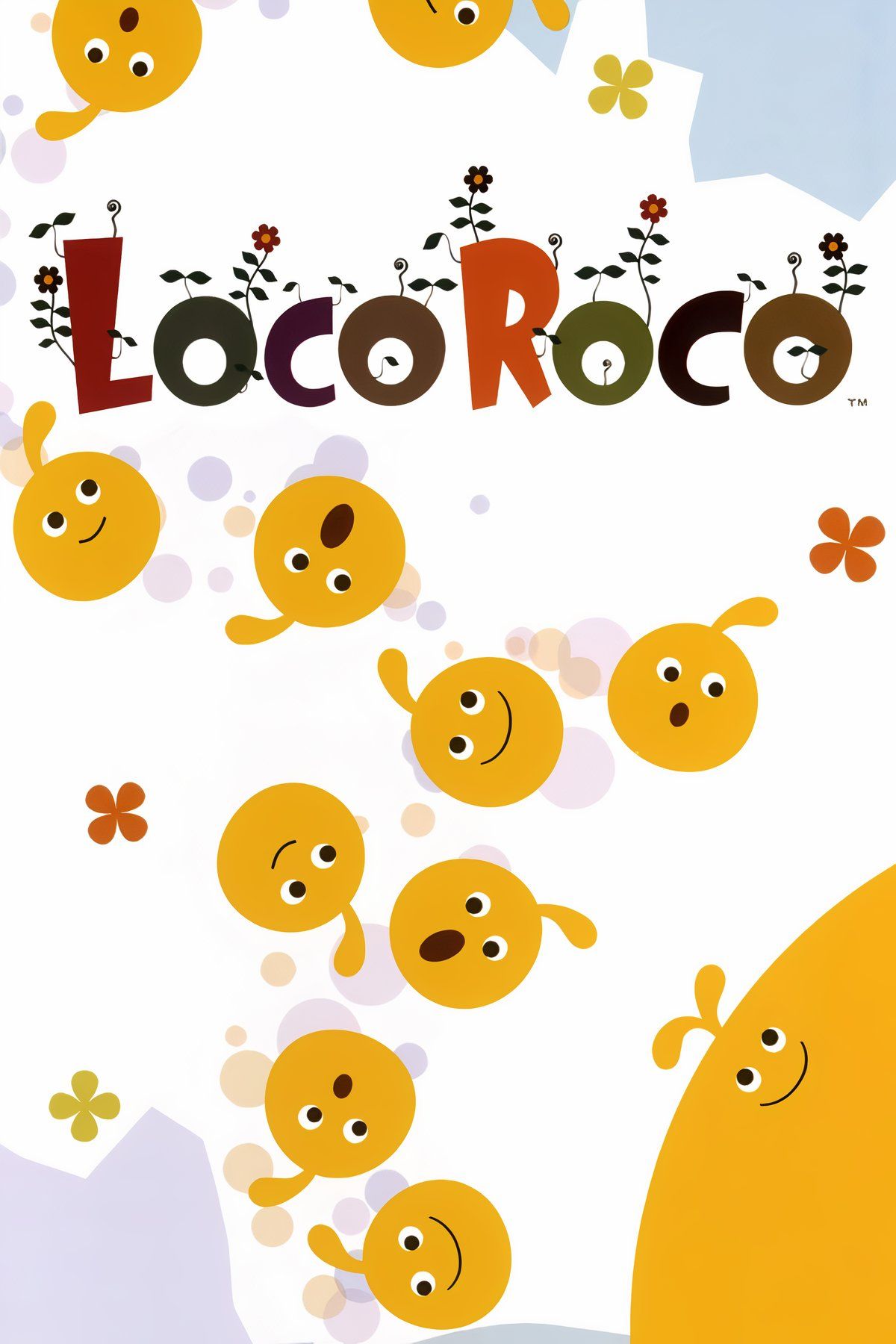
LocoRoco
Platformer
Puzzle
Adventure
Strategy
- Released
-
June 23, 2006
- Developer
-
japan Studio, Sony Interactive Entertainment
- Genres
-
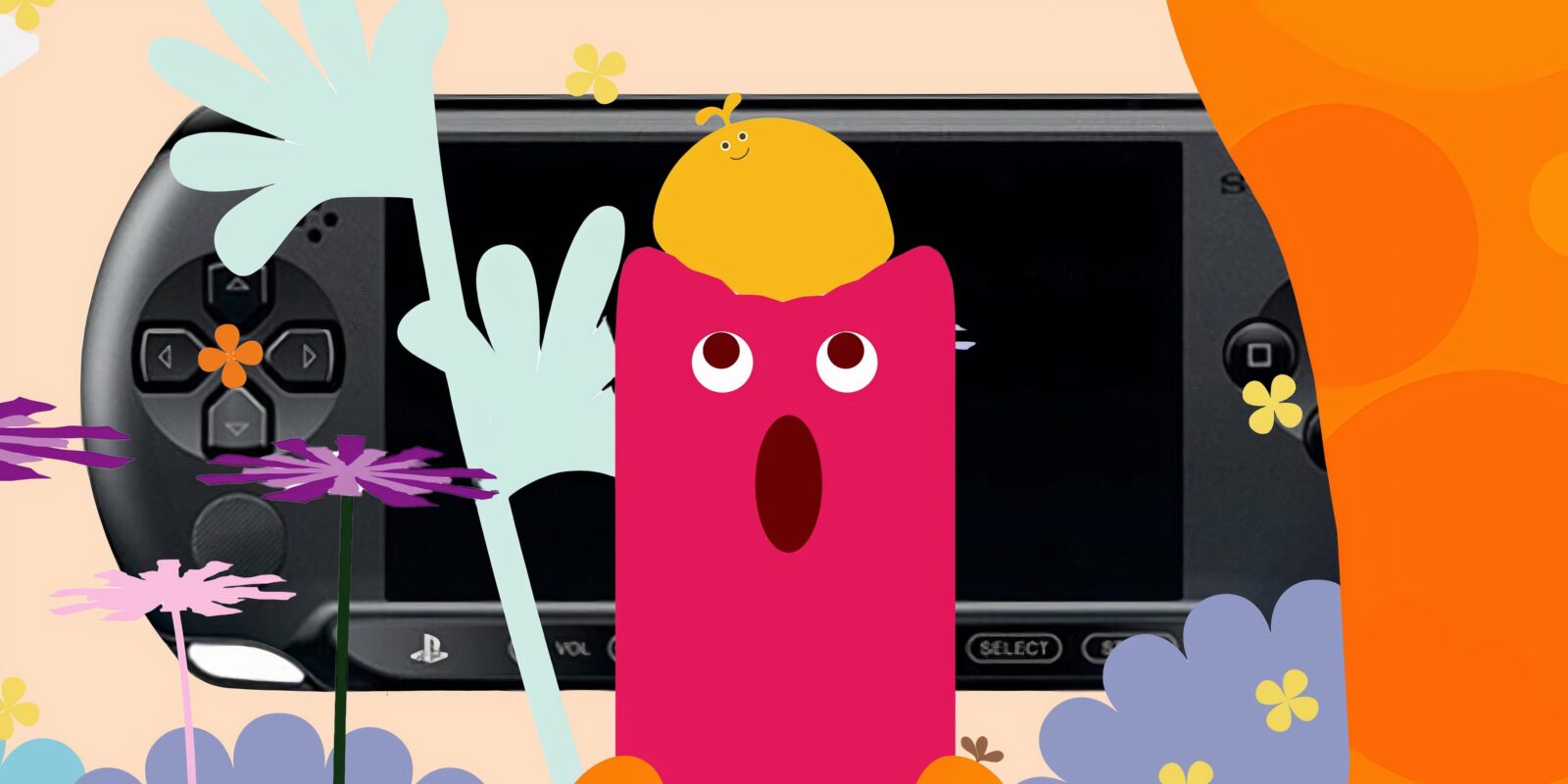

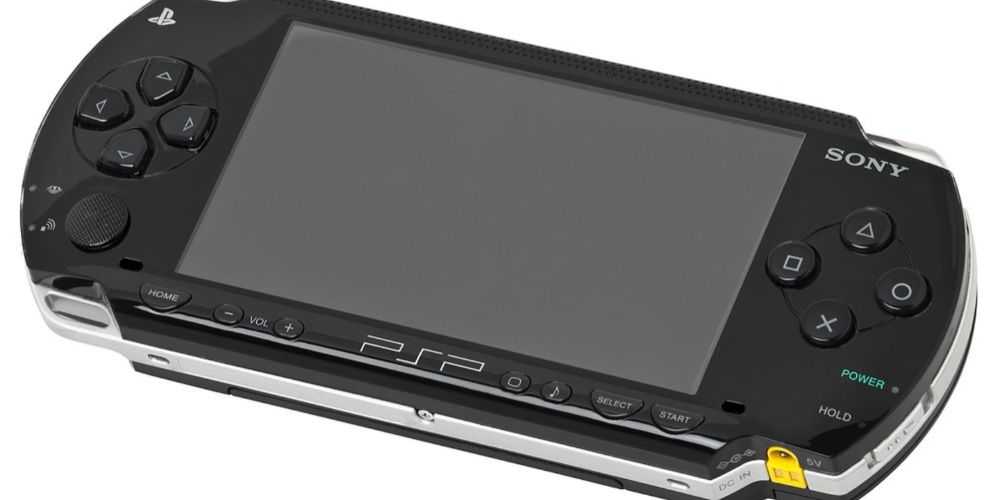
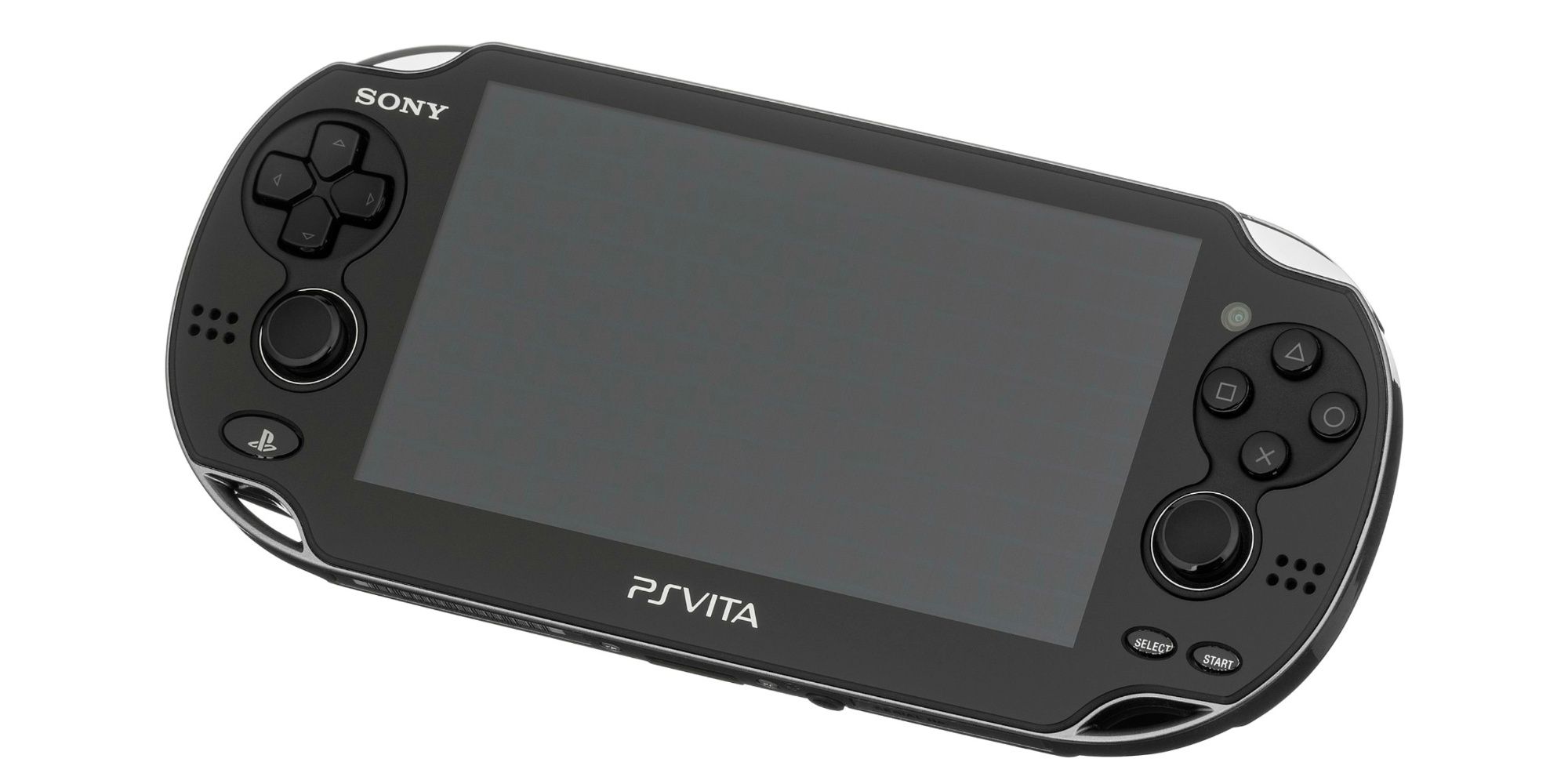

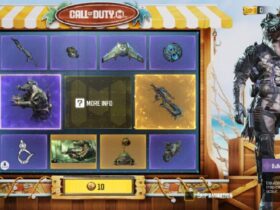




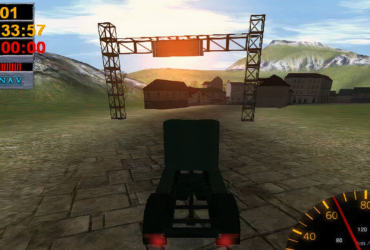
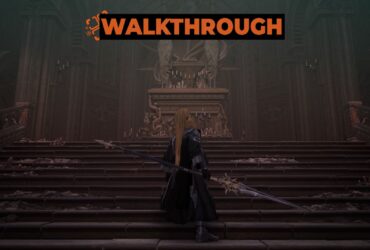


Leave a Reply